The BSA Pistol Scope line caters to the practical needs of handgun enthusiasts seeking reliable optics without breaking the bank. Designed primarily for recreational shooting, plinking, and light hunting, these scopes offer a balance of functionality and affordability. Within the series, models like the 2-7x28mm and the 2x20mm stand out, each tailored for specific shooting preferences.
BSA Pistol Scopes prioritize long eye relief, a critical feature for safe and comfortable handgun use. Built with durability in mind, they often incorporate fog-proofing, shock-proofing, and water-resistance, ensuring performance in various environmental conditions. While not boasting the high-end optical clarity of premium brands, BSA scopes provide adequate image quality for their intended purpose.
This introduction sets the stage for a deeper exploration of these scopes, examining their technical specifications, practical performance, and overall value. Whether you’re a casual shooter or a seasoned handgun owner, understanding the capabilities and limitations of BSA Pistol Scopes is essential for making an informed decision.
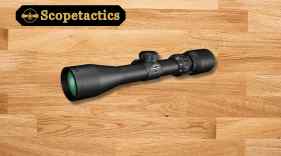
General BSA Pistol Scope Ratings & Specifications
Clarity: 8.7. Magnification: 8.5. Durability: 8.9. Light Transmission: 8.6. Eye Relief: 9.2. Reticle Quality: 8.4. Adjustability: 8.7. Field of View: 8.3. Parallax Control: 8.2. Turret Precision: 8.5
| Feature | Specification | Notes |
|---|---|---|
| Magnification | Varies: 2x (Fixed) or 2-7x (Variable) | Depending on model. |
| Objective Lens Diameter | 20mm, 28mm, or 32mm | Varies depending on model. |
| Reticle | Duplex (Typically 30/30 Duplex) | Wire reticle. |
| Eye Relief | 12-20 inches | Extended eye relief designed for pistols. |
| Parallax Setting | 50 yards | Fixed parallax. |
| Windage & Elevation Adjustments | 1/4 MOA | Click adjustments. |
| Lens Coatings | Multi-coated | To reduce glare and improve light transmission. |
| Construction | Aluminum alloy | Matte black finish. |
| Weather Resistance | Fog proof, shockproof, waterproof | |
| Mounting Rings | Not included | Must be purchased separately. |
Variations across Models:
BSA Optics Edge 2x20mm Pistol Scope:
Fixed 2x magnification.
20mm objective lens.
BSA Optics Edge Pistol Scope 2-7x28mm/32mm:
Variable 2-7x magnification.
28mm, or 32mm objective lens.
Adjustment Click Value:
It is important to note that while many sources report 1/4 MOA adjustment some list 1/2 MOA. So it is very important to verify the adjustments of the specific scope model being purchased.
Key Points to Remember:
Always check the specific model’s documentation for the most accurate specifications.
Specifications can vary slightly depending on the production run.
The BSA Optics Edge Pistol Scope series, encompassing models like the 2-7x28mm and the 2x20mm, represents a pragmatic approach to handgun optics, catering to shooters seeking functional performance without substantial financial investment. This review delves into the technical aspects of these scopes, analyzing their construction, optical system, mechanical adjustments, and real-world performance.
Construction and Materiality
The BSA Optics Edge scopes are constructed primarily from a lightweight aluminum alloy, a choice that balances durability with weight management crucial for maintaining the handling characteristics of a handgun. The external surface is typically finished with a matte black anodization, minimizing reflective glare and providing a tactical aesthetic. This finish also provides a degree of corrosion resistance.
The scope’s internal components are sealed with O-rings, contributing to its advertised fog-proof, shockproof, and waterproof capabilities. This sealing is essential for maintaining optical clarity and mechanical integrity in varying environmental conditions. However, the degree of robustness in these seals is often commensurate with the scope’s price point, and may not withstand extreme conditions as effectively as higher-tier optics.
The overall design is utilitarian, prioritizing functionality over intricate aesthetics. The ocular lens housing incorporates a diopter adjustment mechanism, allowing users to compensate for individual eyesight variations. In variable magnification models, a smooth-rotating adjustment ring facilitates magnification changes. The objective lens housing is threaded to accommodate optional accessories like sunshades.
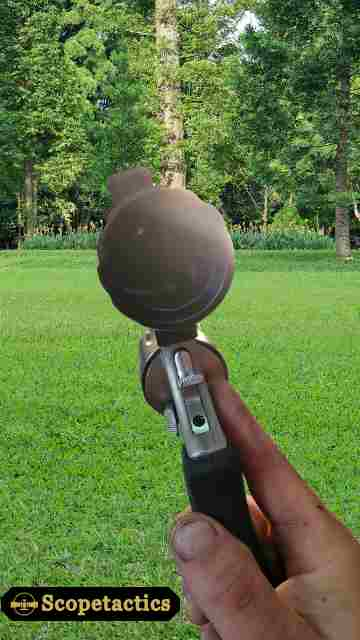
Optical System Analysis
The optical system of the BSA Optics Edge series is designed to provide a usable image within its intended range, focusing on practicality rather than high-end optical refinement.
Lens Elements and Coatings:
The lenses are multi-coated, a feature intended to enhance light transmission and reduce glare. The quality and effectiveness of these coatings are a significant factor in image clarity and brightness. While the coatings do provide a noticeable improvement over uncoated lenses, their performance may not match that of premium optics.
The glass used in these scopes is generally of standard optical quality, which contributes to their affordability. However, this also means that image resolution and color fidelity may be limited compared to higher-grade glass.
Magnification and Objective Lens Configuration:
The 2-7x28mm model offers variable magnification, providing versatility for different shooting scenarios. The 28mm objective lens provides a reasonable balance of light gathering and field of view.
The 2x20mm model features a fixed 2x magnification, a common configuration for pistol scopes. The 20mm objective lens is suitable for daylight shooting but may limit performance in low-light conditions.
Reticle Design:
The scopes typically employ a Duplex reticle, often the 30/30 Duplex. This reticle design provides a clear aiming point while maintaining a relatively uncluttered field of view. The wire reticle is standard for scopes in this price range.
Eye Relief and Parallax:
A critical feature for pistol scopes is extended eye relief, and the BSA Optics Edge series delivers on this front. The advertised eye relief range of 12-20 inches allows for comfortable viewing at arm’s length.
The parallax is fixed at 50 yards, a standard setting for pistol scopes. This setting is generally adequate for the intended shooting distances, but parallax error may be noticeable at significantly closer or farther ranges.
Optical Performance Evaluation:
Image clarity and brightness are generally acceptable in daylight conditions, but performance diminishes in low light.
Chromatic aberration and distortion are present, particularly at higher magnifications in variable models. However, these optical imperfections are often within acceptable limits for recreational use.
Mechanical Adjustment Mechanisms
The mechanical features of the BSA Optics Edge series are designed for basic functionality and ease of use.
Windage and Elevation Adjustments:
The scopes typically offer 1/4 MOA windage and elevation adjustments.
The adjustment turrets are generally capped, requiring a tool for adjustment.
The precision and repeatability of these adjustments can vary, and some users have reported inconsistencies. The clicks of the turrets are not always highly tactile.
Magnification Adjustment (Variable Models):
The magnification adjustment ring provides smooth rotation, but some users have noted a slight shift in focus when changing magnification.
Diopter Adjustment:
The ocular lens incorporates a diopter adjustment mechanism, allowing users to fine-tune the focus for their individual eyesight.
Mounting System:
The scopes are designed to be compatible with standard pistol scope mounts. However, mounting rings are typically not included, requiring users to purchase them separately. Proper mounting is essential for maintaining zero and ensuring reliable performance.
Real-World Performance Analysis
In practical application, the BSA Optics Edge series provides adequate performance for its intended purpose.
Recoil Resistance:
The scopes are designed to withstand moderate recoil, but higher-recoil pistols may test their durability. Proper mounting is crucial for minimizing recoil-related issues.
Zero Retention:
Zero retention can vary depending on the firearm and caliber. While many users report that the scopes hold zero reasonably well, some have experienced zero shift, particularly on high-recoil pistols.
Target Acquisition:
The Duplex reticle and reasonable field of view facilitate target acquisition. However, quick target acquisition also depends on the user’s familiarity with the scope and firearm.
Environmental Performance:
The fog-proof, shockproof, and waterproof features enhance the scope’s resilience to environmental conditions. However, extreme conditions may push the scope’s limits.
Value Proposition:
The BSA Optics Edge series offers a compelling value proposition for budget-conscious shooters. While it may not match the performance of higher-priced scopes, it provides adequate functionality for recreational shooting and plinking.
Technical Considerations
Optical Limitations:
The optical quality of the BSA Optics Edge series is limited by its price point. Users should expect some degree of chromatic aberration, distortion, and limited low-light performance.
Mechanical Variability:
The precision and repeatability of the mechanical adjustments can vary. Users should perform thorough testing to ensure proper zeroing and adjustment.
Mounting Compatibility:
Proper mounting is essential for optimal performance. Users should ensure that their mounting system is compatible with the scope and their firearm.
Pros:
- Affordable
- Long Eye Relief
- Decent Durability
- Versatile Reticle
- Lightweight
- Recreational Use
Cons:
- Lower clarity, distortion.
- Inconsistent adjustments.
- Recoil can cause issues.
FAQs
What is the primary advantage of a BSA Pistol Scope compared to other brands in the same price range?
The primary advantage of BSA Pistol Scopes lies in their combination of affordability and essential features. They are known for providing adequate optical performance, long eye relief (crucial for pistol shooting), and basic durability (fog-proofing, shock-proofing, water-resistance) at a price point that is very accessible to budget-conscious shooters. While they might not match the optical clarity or mechanical precision of higher-end brands, they offer a solid value proposition for recreational shooting, plinking, and light hunting.
Are BSA Pistol Scopes suitable for high-recoil handguns?
BSA Pistol Scopes are designed to withstand moderate recoil. However, their performance on high-recoil handguns can be variable. While many users report satisfactory results, there’s a higher chance of experiencing zero shift or other issues compared to using them on lower-recoil firearms like .22LR pistols or airguns. Proper mounting is absolutely essential for minimizing recoil-related problems. If you frequently shoot high-recoil handguns, you might want to consider investing in a more robust and higher-quality scope.
Do BSA Pistol Scopes come with mounting rings, and what type of reticle do they use?
No, BSA Pistol Scopes typically do not include mounting rings. You will need to purchase them separately, ensuring they are compatible with your pistol and the scope’s tube diameter. Regarding the reticle, most BSA Pistol Scopes utilize a Duplex reticle, often the 30/30 Duplex. This is a common and versatile reticle that provides a clear aiming point without obstructing too much of the field of view.
What are the main optical limitations of BSA Pistol Scopes?
The main optical limitations of BSA Pistol Scopes stem from their price point. While they offer multi-coated lenses, the quality of the glass and coatings is not comparable to higher-end scopes. This results in potential limitations in image clarity, especially in low-light conditions. You may also notice some degree of chromatic aberration (color fringing) and distortion, particularly at higher magnifications on variable power models. However, for recreational use, these limitations are often considered acceptable given the scope’s affordability.
Final Thought
The BSA Optics Edge Pistol Scope series offers a practical and affordable solution for handgun enthusiasts seeking reliable optics. While it may not boast the high-end features and performance of premium scopes, it provides adequate functionality for recreational shooting, plinking, and light hunting applications. The scopes’ lightweight construction, extended eye relief, and environmental resilience make them a suitable choice for a wide range of handgun users. However, users should be aware of the optical limitations and potential mechanical variability inherent in scopes at this price point. Overall, the BSA Optics Edge series delivers a good balance of performance and affordability.







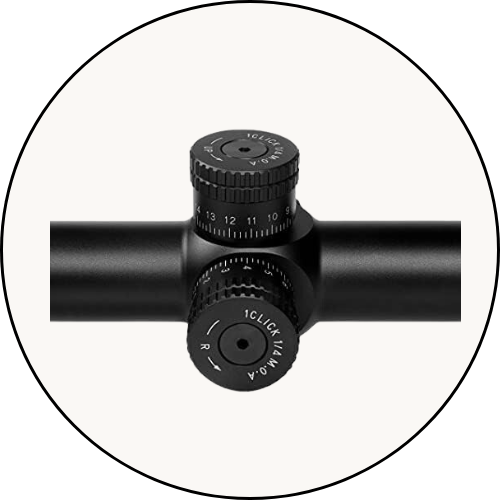
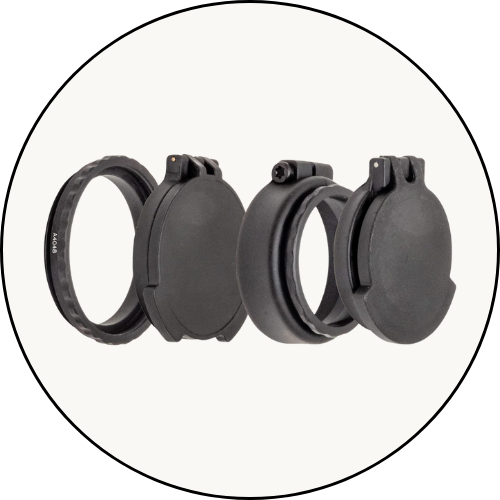
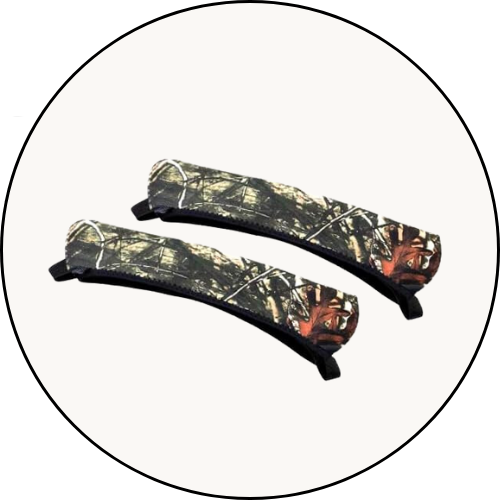
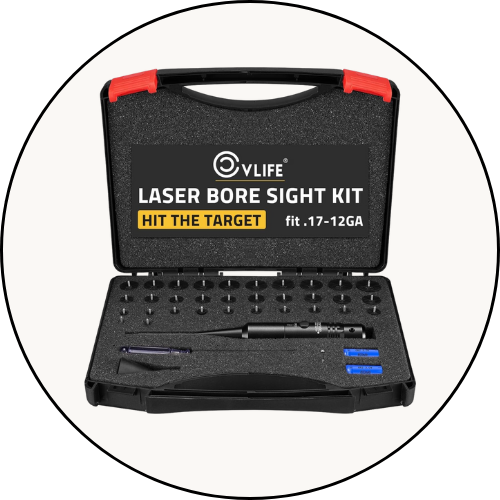
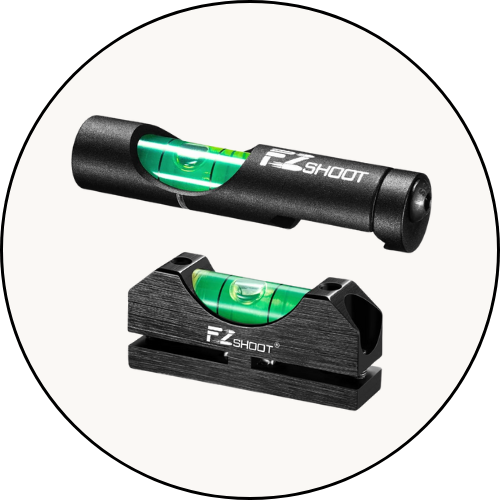
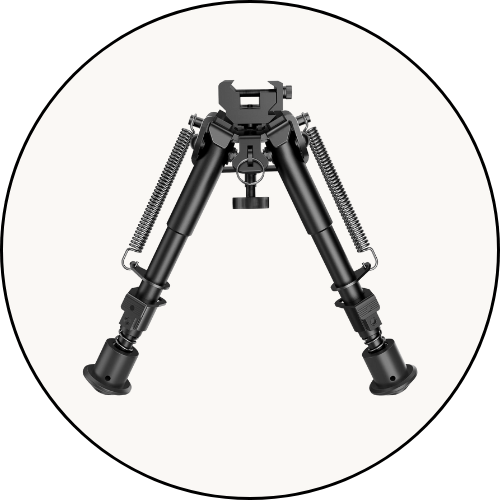
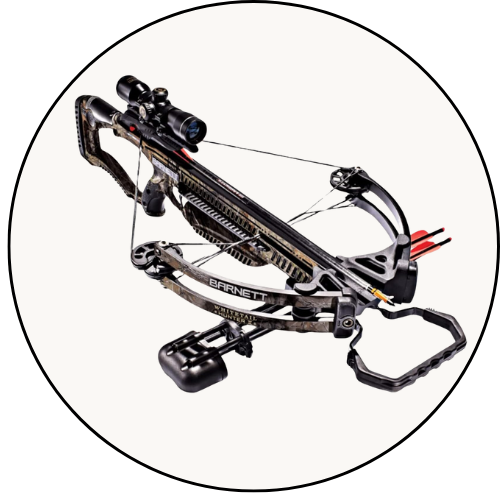
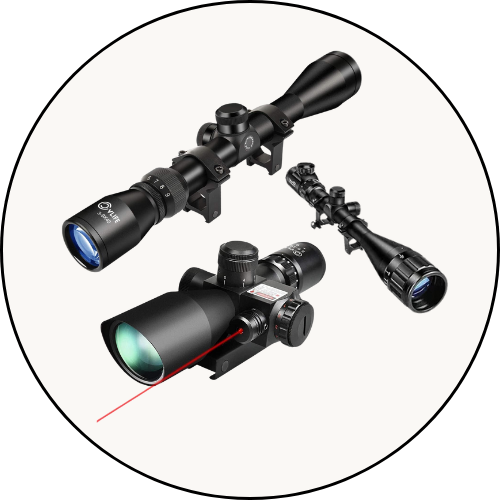
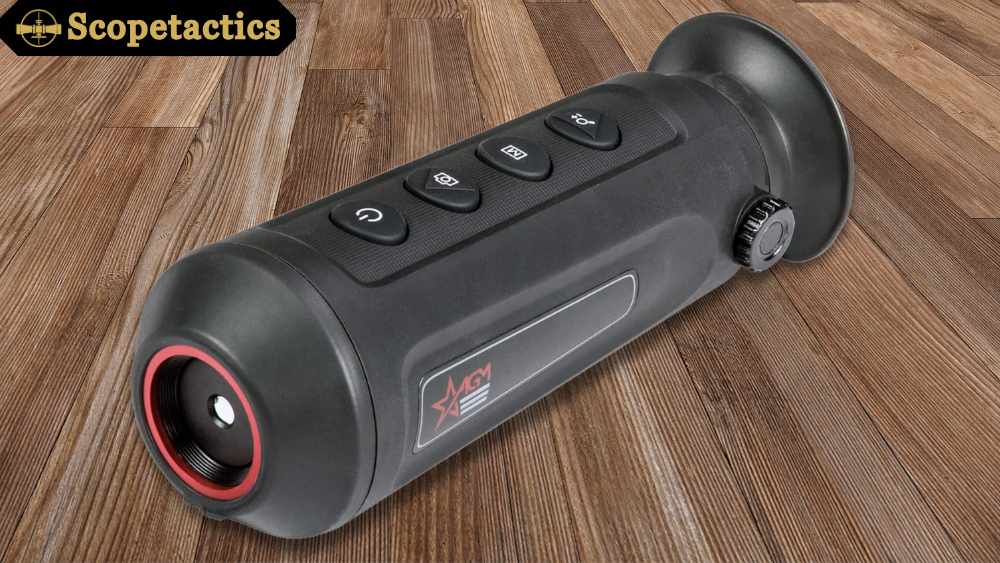
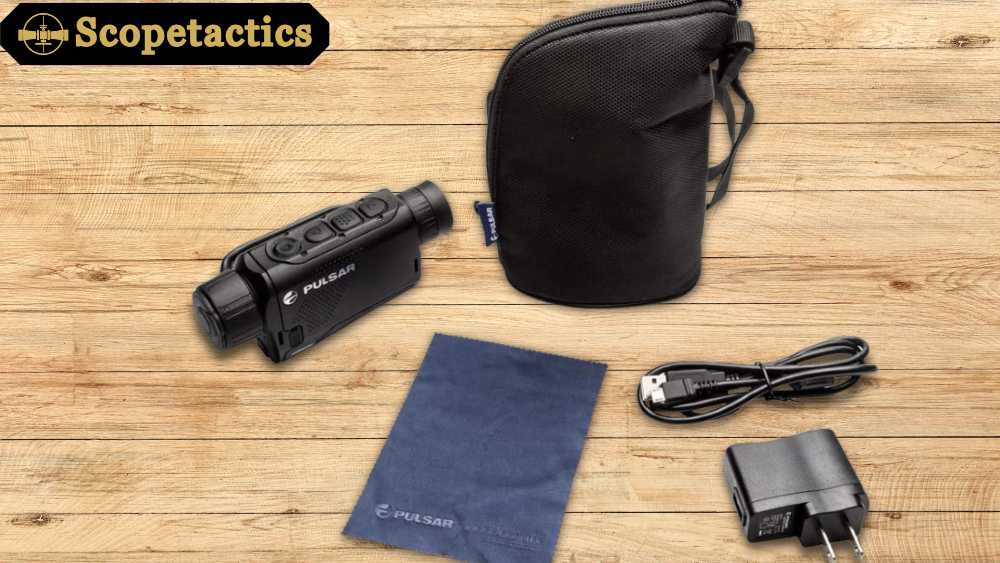
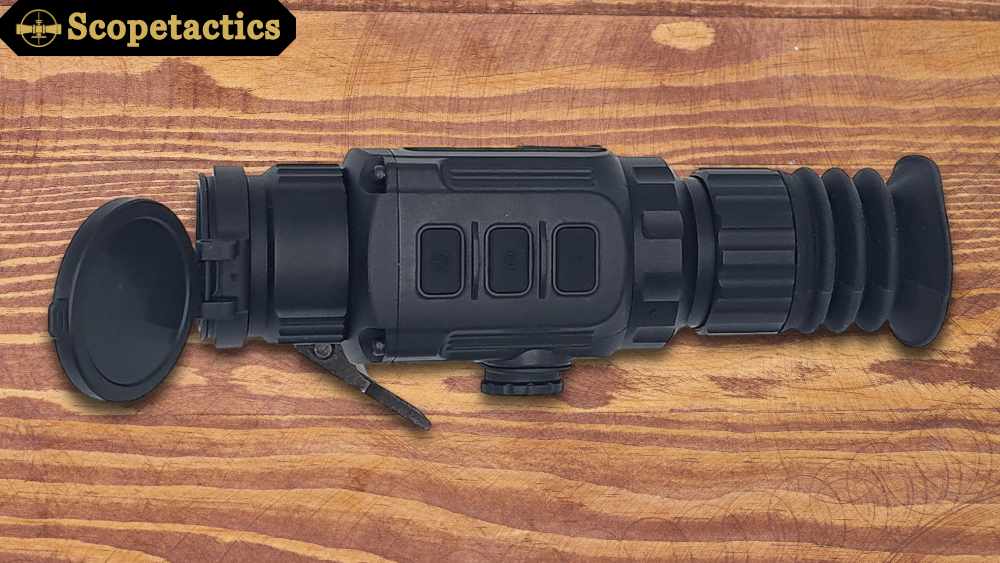
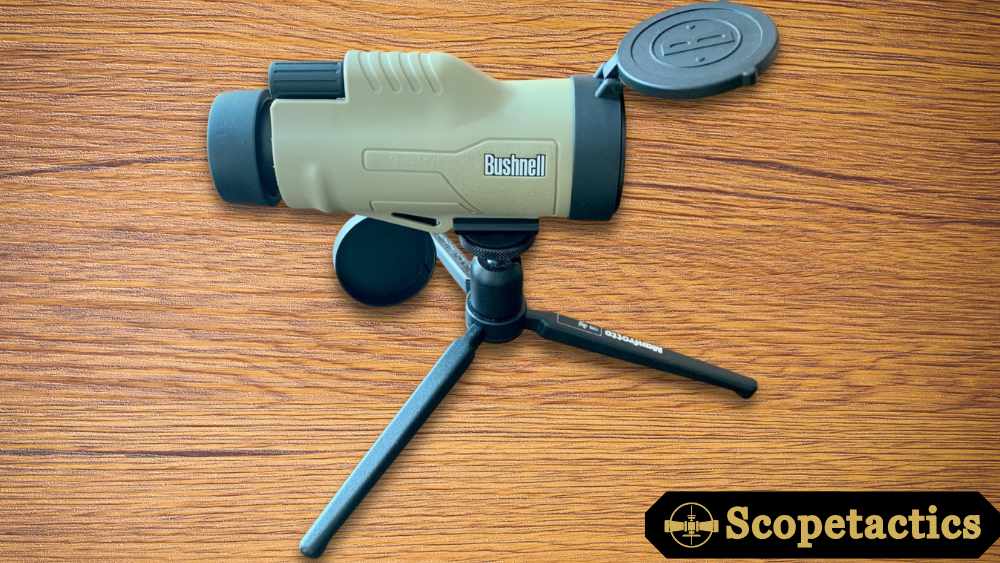
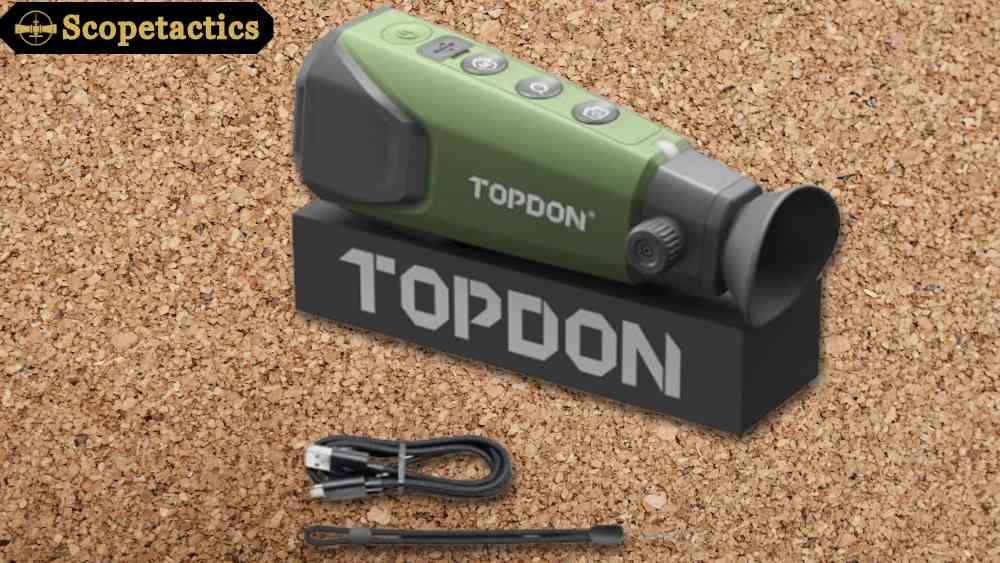
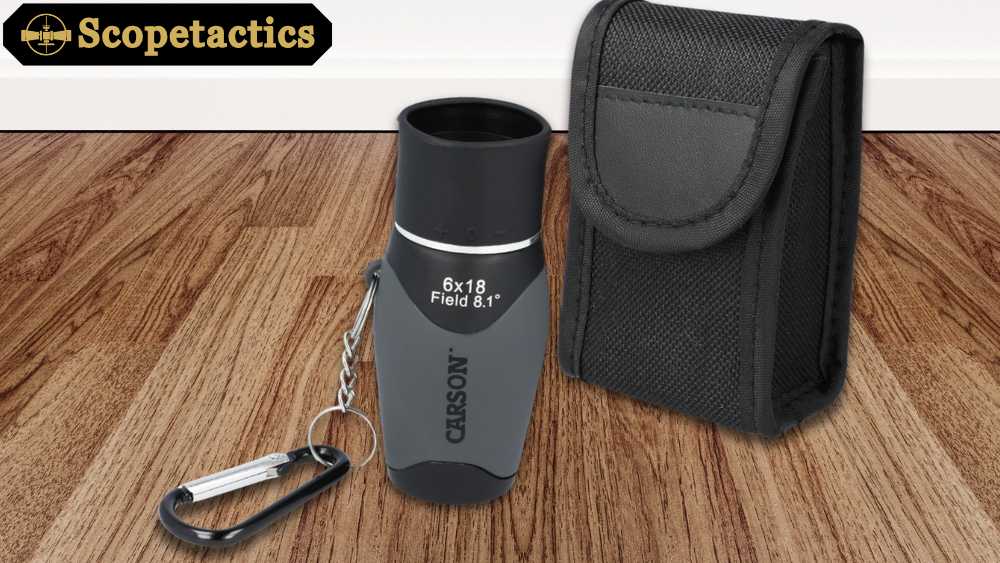
Leave a Reply